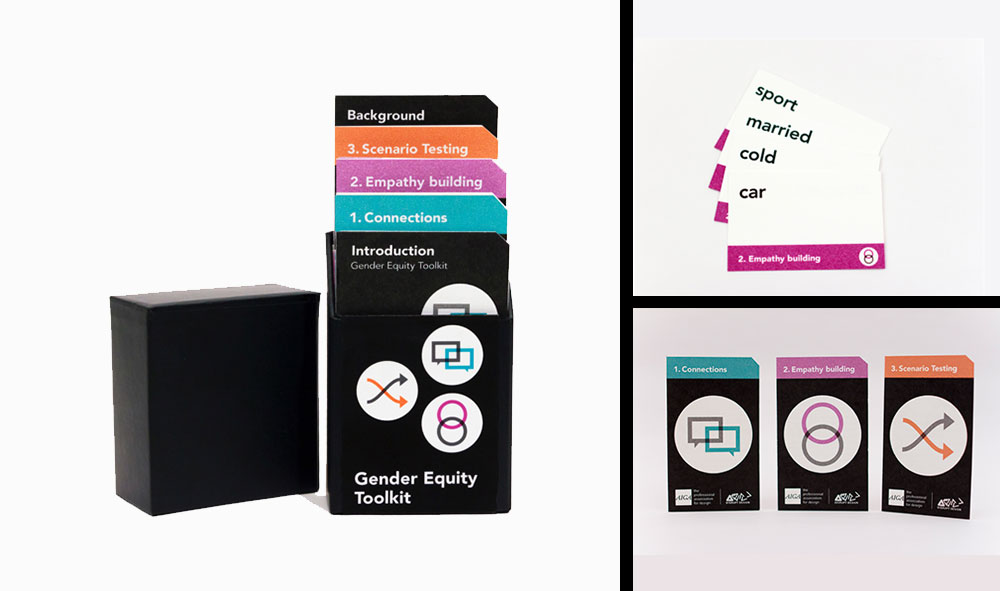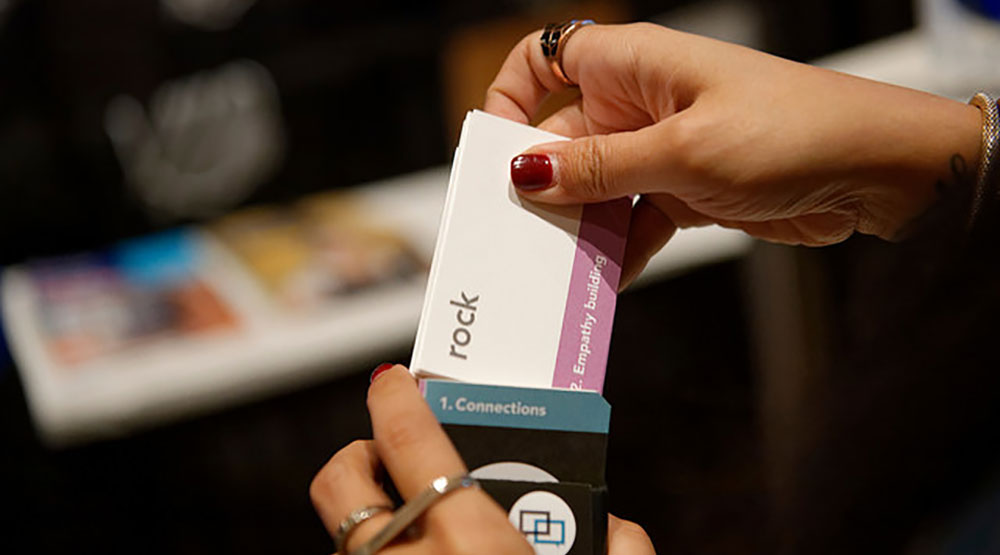Designing for Gender Equity
On Saturday, the Women’s March on Washington took over not only the streets of DC, but cities all over the world. Participants had innumerable reasons for joining, but women’s rights and equality were clearly at the event’s core. No matter what your thoughts are about the march itself, it did bring attention to a range of women’s issues, one being the wage gap that persists for women in the workforce.
Half, but not equal
Despite great progress for women in recent history, equal opportunity and pay for women in the workplace is still lacking, across all industries. Though women make up nearly half of the American workforce, according to the Institute for Women’s Policy Research, “In 2015, female full-time workers made only 80 cents for every dollar earned by men, a gender wage gap of 20 percent. Women, on average, earn less than men in virtually every single occupation for which there is sufficient earnings data for both men and women to calculate an earnings ratio. In middle-skill occupations, workers in jobs mainly done by women earn only 66 percent of workers in jobs mainly done by men.” Obviously your HR department can tell you how your organization is doing on wage discrepancies, but are there other ways companies could be addressing “softer” systemic gender biases?
(And what does this have to do with design?)

Games for Gender Equity
The AIGA Women Lead Initiative has put design to work in a Gender Equity Toolkit, “a great set of resources including videos and a downloadable DIY activity set you can use to battle one of the leading causes of disparate access to leadership positions in the design field: implicit gender bias.” The kit is distributed to AIGA members with the design field in mind, but could certainly apply to other fields, as well. A series of games/exercises aims to help teams open dialogue, test assumptions, and hopefully begin to change subconscious biases.

Turning the ship
Sure, a small designed kit isn’t going to end gender inequality in the workplace. But if it opens lines of communication, and helps teams thoughtfully consider how they incorporate all viewpoints, I’d say it’s a pretty cool effort. It also makes me wonder about what other design-driven tools will be useful for professional organizations in creating dialogue around perceptions, personal experience, and stereotypes. Obviously, respect for employee privacy is paramount, but teams also have to acknowledge how personal history and experience shape how individuals approach team dynamics and equity.